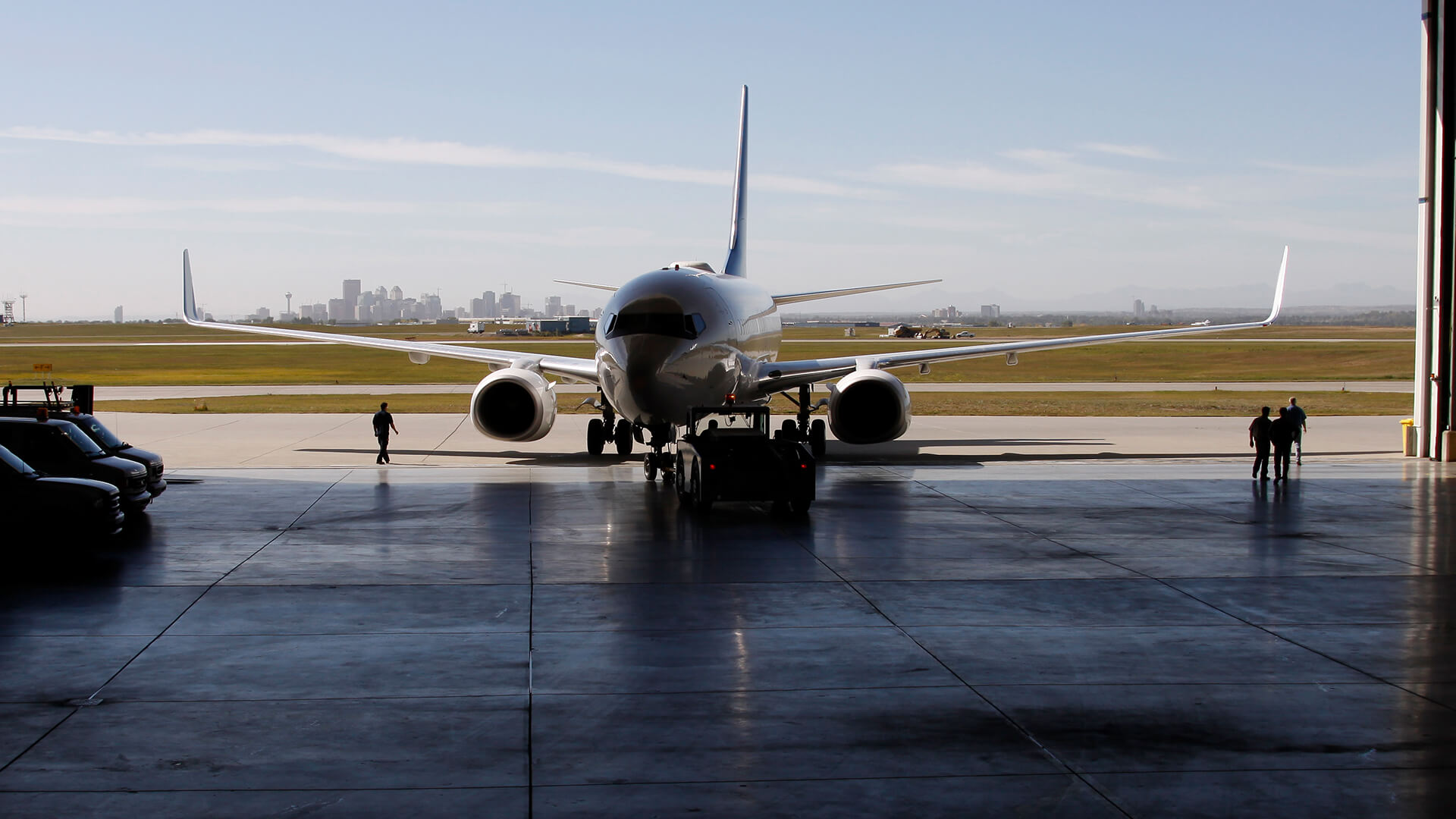
Future Fuels: How Airports Can Become Hubs For Clean Transport
By: CBoC Team
Originally produced for the Innovation Economy Council (IEC). The IEC is now the The Conference Board of Canada’s Canadian Centre for the Innovation Economy (CCIE).
Read the detailed report here.
Climate solutions in the sky – and on the ground
In our highly interconnected global economy, airports are essential nodes. They move people and goods, enable trade and travel, and create economic development and growth. Hub airports are especially critical elements of the infrastructure of international transportation; according to the World Bank, the pre-pandemic peak reached 4.56 billion passengers carried in 2019, double the volume from just a decade before.
Yet airports can evolve beyond their primary role and emerge as hubs for the rapid scaling of clean energy systems, such as hydrogen and EV charging infrastructure, electric buses and ground vehicles, as well as other emerging technologies, such as sustainable aviation fuels.
The case for this kind of investment is clear. Aviation contributes significantly to climate change – about two percent of overall global emissions. According to the David Suzuki Foundation, air travel accounts for 12 percent of all transportation-related carbon, while global tourism, as a sector, generates more emissions than construction. The U.S. Department of Energy projects that global consumption of commercial jet fuel will more than double from current rates by 2050, to 230 billion gallons annually.
The global airport industry, which generates an estimated US$151 billion in revenues, according to the Airports Council International, can support the aviation industry’s carbon reduction goals. Airports employ extensive fleets of ground support vehicles, consume large amounts of energy for operations, serve as delivery points for jet fuel and sit at the physical intersection of many complex economies of distribution and logistics. They are therefore deeply intertwined with the aviation industry’s energy requirements. In order to pivot to a lower-carbon model, airports will need to procure sustainable jet fuel, invest in EV-powered fleets, and install hydrogen and electric vehicle charging stations for both industrial and consumer uses. They’ll also need to upgrade their internal grids and infrastructure to support these systems.
As for the aviation sector, manufacturers have already improved fuel efficiency through design improvements, weight reductions, passenger load factors and other operational changes, resulting in a 55 percent reduction in fuel-burn-perpassenger- kilometre since 1990, according to the International Air Transport Association (IATA). The airline industry has pledged to achieve net zero by 2050 using four core strategies: significantly ramping up the use of sustainable aviation fuels, adopting new hydrogen and electric technologies, improving infrastructure, and investing in carbon-offset credits or carbon capture.
450,000
Number of commercial flights powered by sustainable aviation fuel worldwide to date.
8x
Potential global consumption of hydrogen fuels by 2050, compared to current.
53
Charging stations currently available for EVs at Toronto Pearson Airport, with 85 more used by the airport’s fleet of ground support vehicles.
Contributions
Author: John Lorinc
Editor: Guy Nicholson
Data and analytics: Nigel Biggar, Sana Maqbool
Research associate: Heather O’Brien





Comments